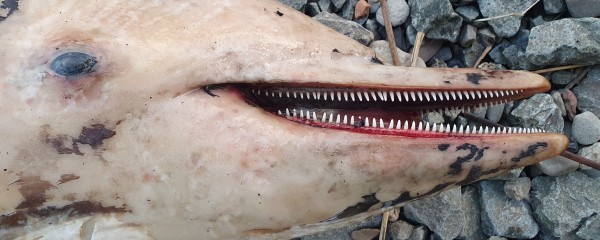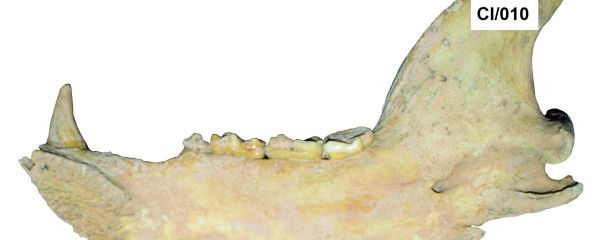New species of flies at the Jardin Massart in Brussels



Entomologists from the Royal Belgian Institute of Natural Sciences have described three new species of fly. They were collected at the Jardin Massart, a botanical garden on the outskirts of Brussels, during a major inventory project with the help of dozens of citizen scientists. Despite the 'hostile' metropolis that surrounds it, the garden is proving to be a hotspot for insects.
New insect species are described all the time, but rarely new species are found in Belgium. No wonder: our natural spaces are much scarcer. Biologists have been systematically combing these areas for a century and a half, with the growing help of citizen scientists. But Patrick Grootaert, a former entomologist at the Royal Belgian Institute of Natural Sciences, has described three new fly species, one of which was published in 2016.
New Fly Species
The Jardin Massart in Auderghem celebrated its centenary last year. The inventory project that ran from 2015 to 2018, in collaboration with around thirty citizen scientists, produced these unexpected figures: almost 2,000 plant species and more than 4,000 species of arthropods. Of these, 1,370 species of beetles and 1,191 species of diptera (mosquitoes, horseflies and flies) were identified. 129 diptera have been observed for the first time in our country, and three species are completely new (i.e. have never been described before). These are the flies Drapetis bruscellensis, described in 2016, and Platypalpus massarti and Platypalpus pictitarsoides. The latter two are featured in a recently published online book on fly diversity at Jardin Massart.
The black flies with yellow legs measure around one and a half millimetres. They live mainly on the trunks and leaves of trees, where they feed on even smaller insects and mites. Entomologists have compared certain external characteristics with those of the 240 Platypalpus species known in Europe, in particular the shape of the genitalia, legs and antennae. One of the two species they have just described is named after Jean Massart, a pioneering ecologist who started the botanical garden 100 years ago together with landscape architect Jules Buyssens.
It is an entomological garden within a botanical garden,
and therefore deserves to be protected
- Patrick Grootaert, entomologist at the Royal Belgian Institute of Natural Sciences -
The botanical garden is made up of several small biotopes, including a marsh and ponds classified as Natura 2000, an orchard and a flower meadow, right next to the Forêt de Soignes. But the big city is nearby: the garden is sandwiched between buildings and a busy dubble highway.
"Despite the urban stress, this relatively small garden is home to an enormous diversity of insects," explains Patrick Grootaert. "We have identified many species of endangered or rare insects. It's an entomological garden within a botanical garden, and therefore deserves to be protected."
The study on the diversity of flies at the Jardin Massart was published in the Belgian Journal of Entomology.



